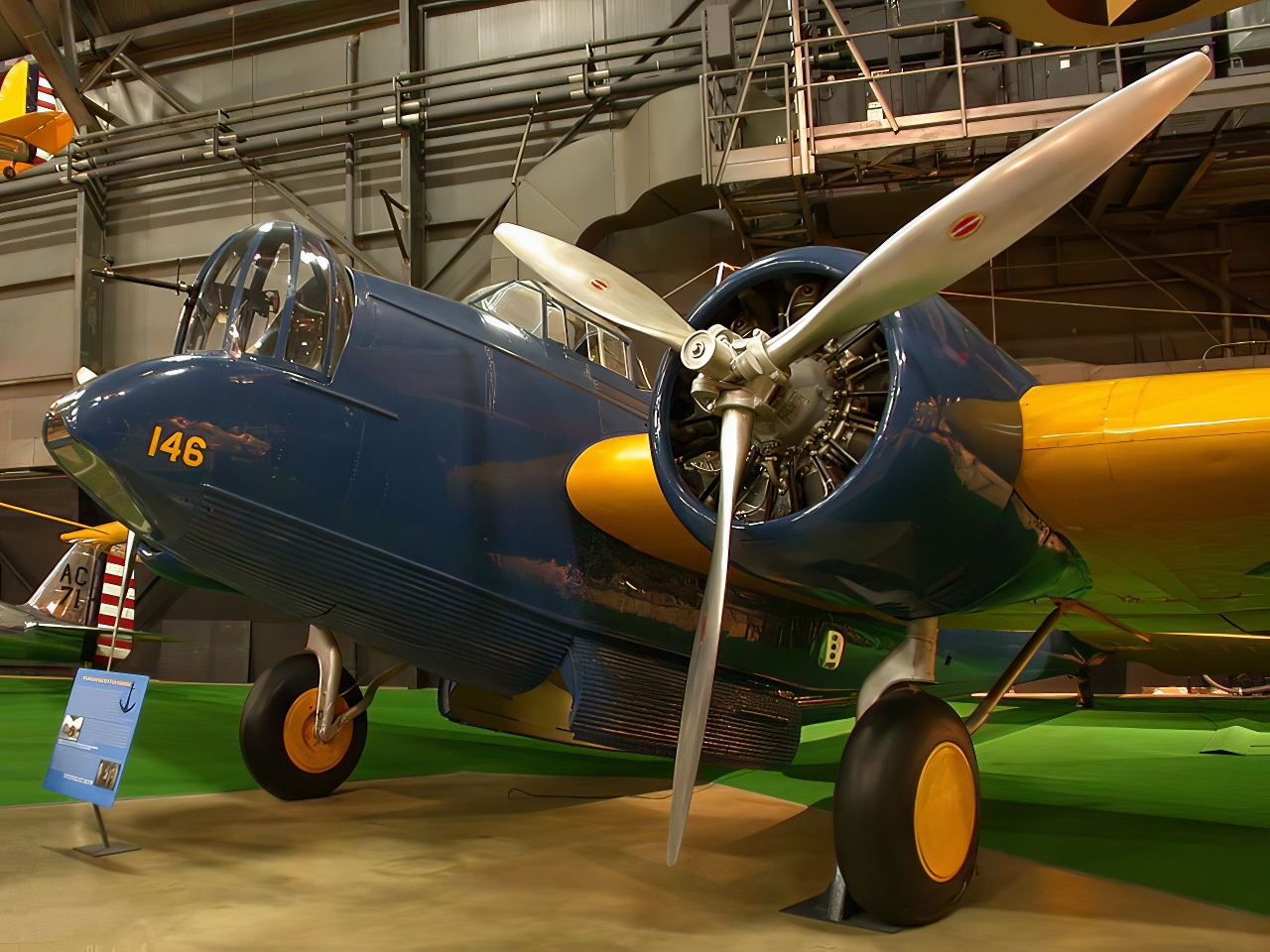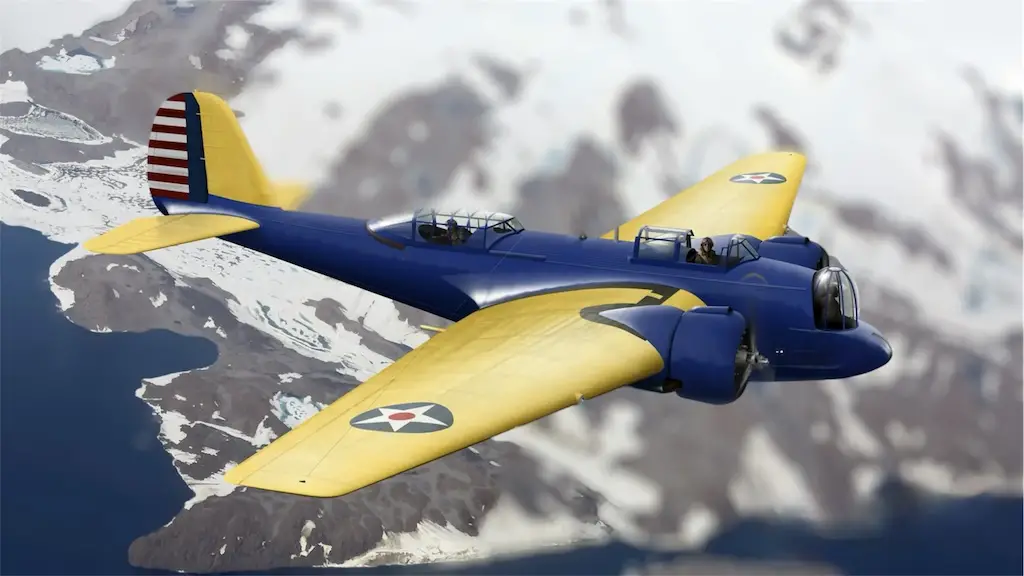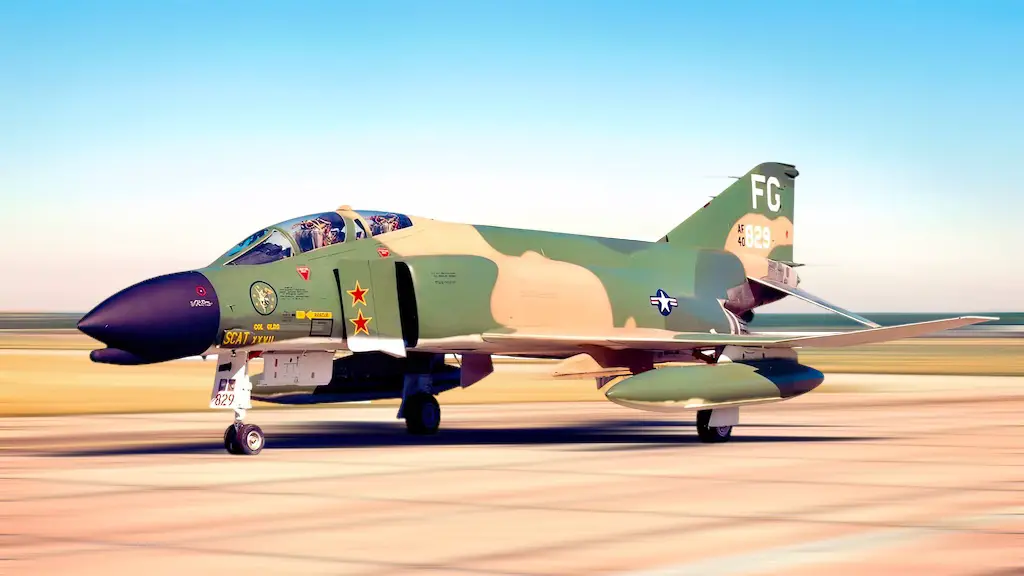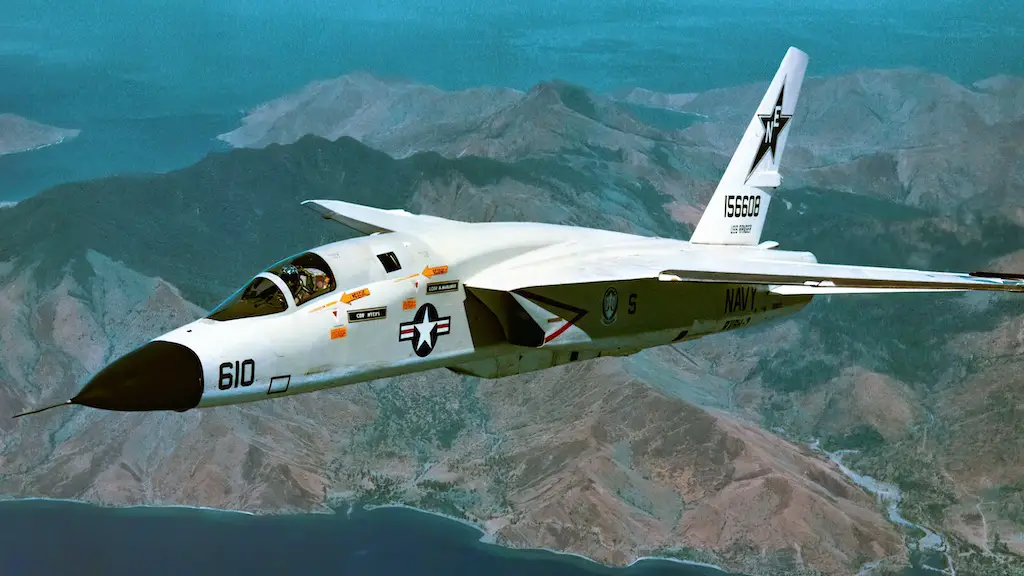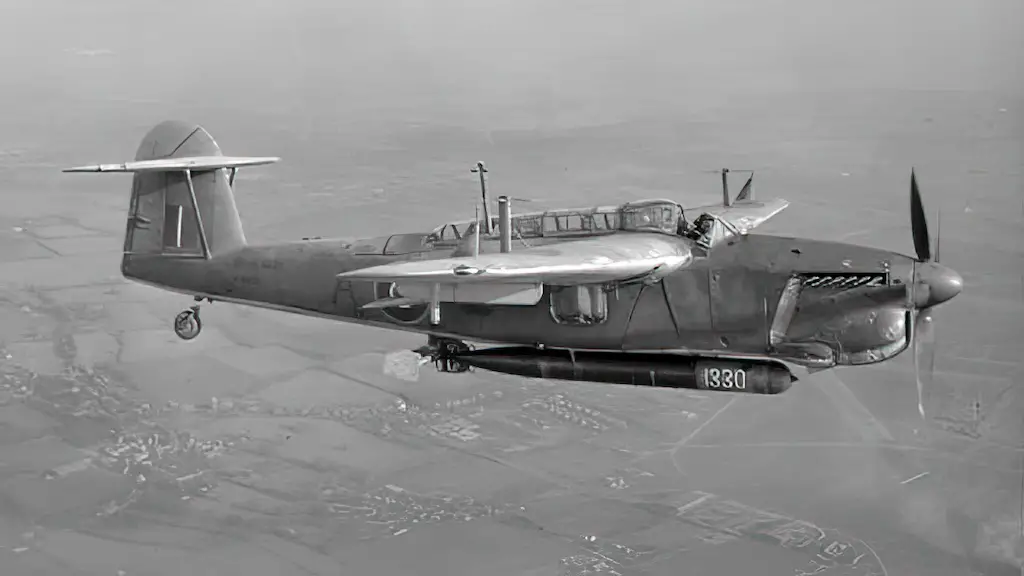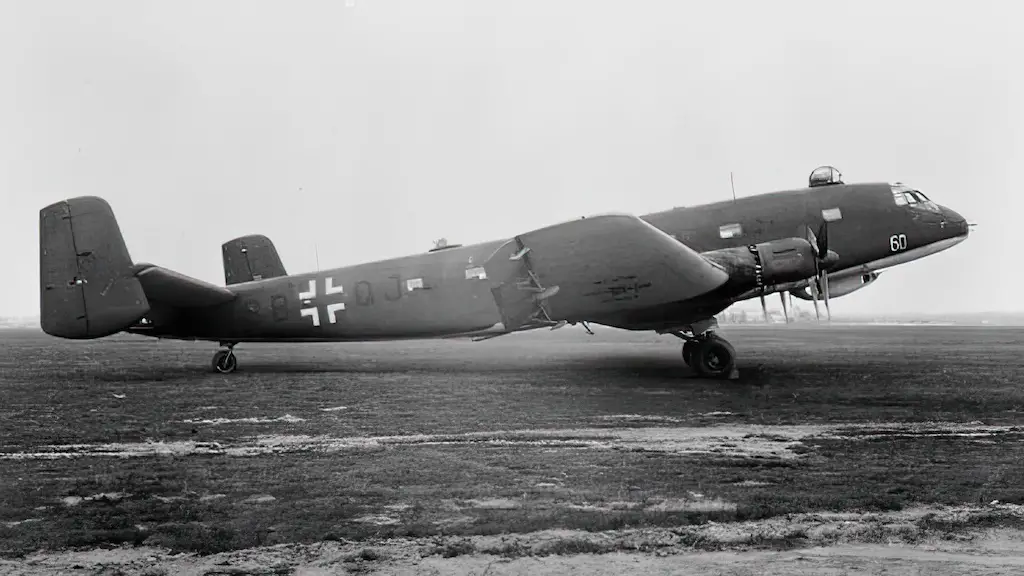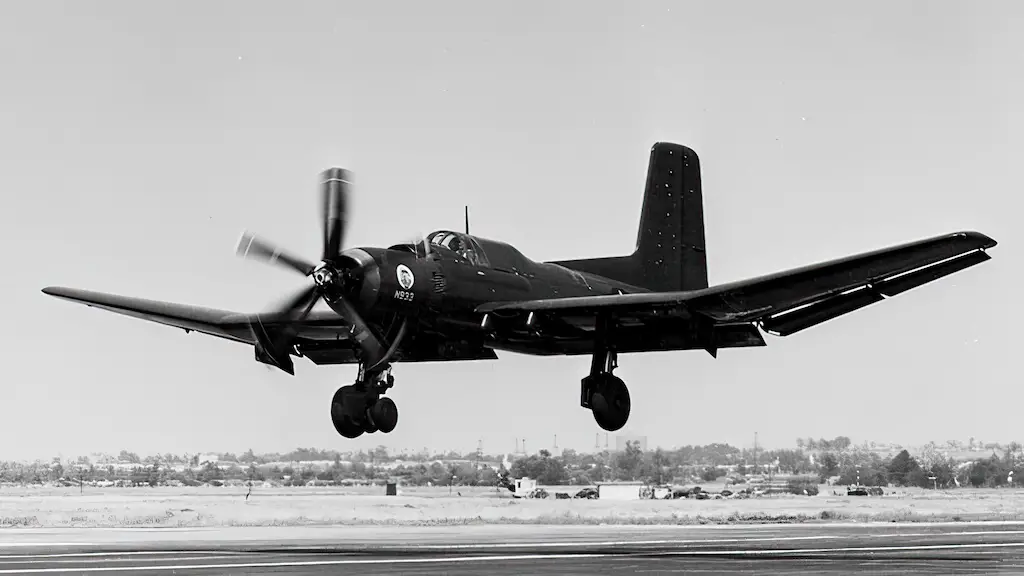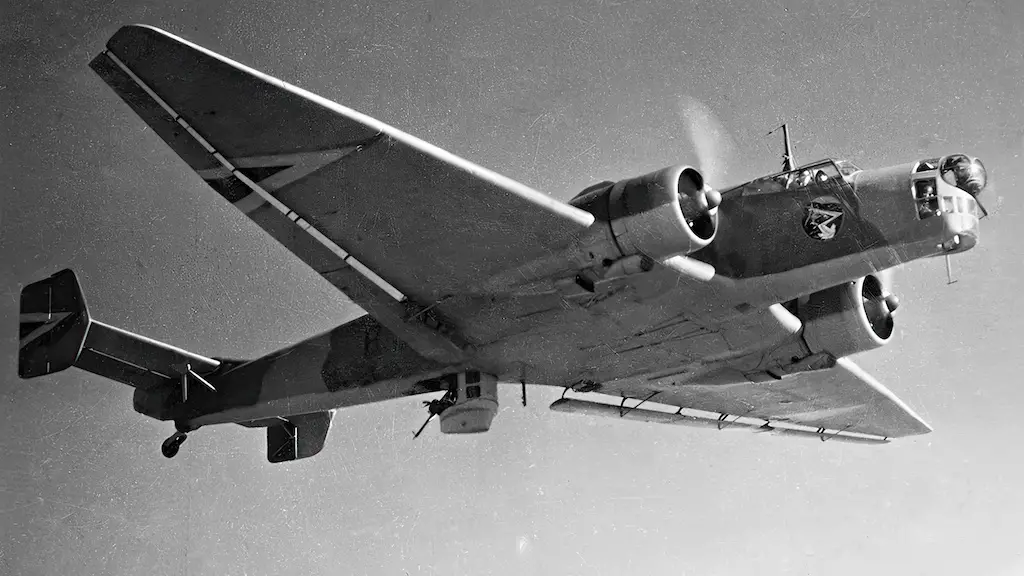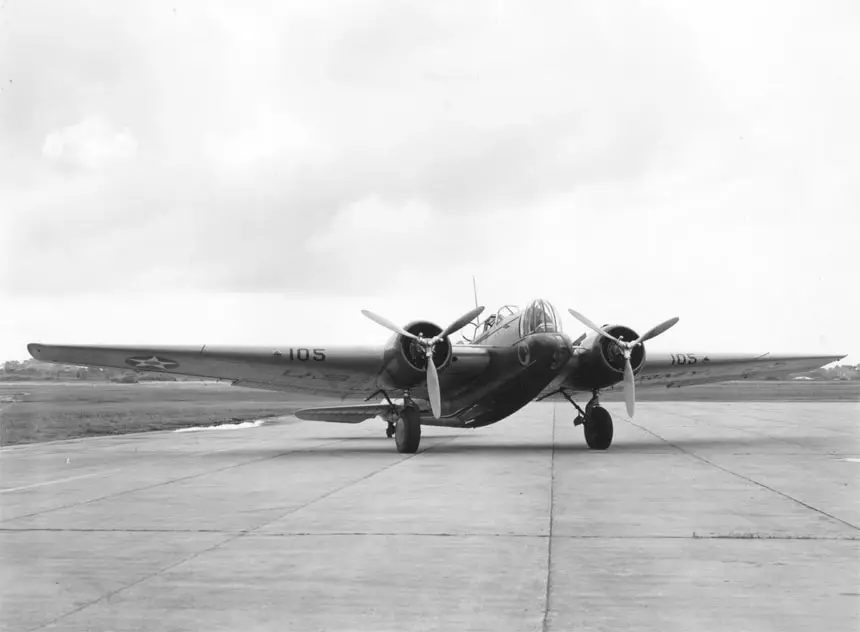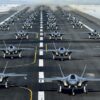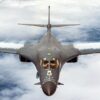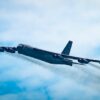The Quest for Dominance
In the early 1930s, as the threat of war grew, the US Army Air Corps launched a mission to identify a bomber capable of dominating the skies. This period, ripe for aviation innovation, marked a significant shift from wood and fabric to the durability of metal and the streamlined design of monoplanes. Against this backdrop, the industry prepared for a transformative advancement in bomber technology.
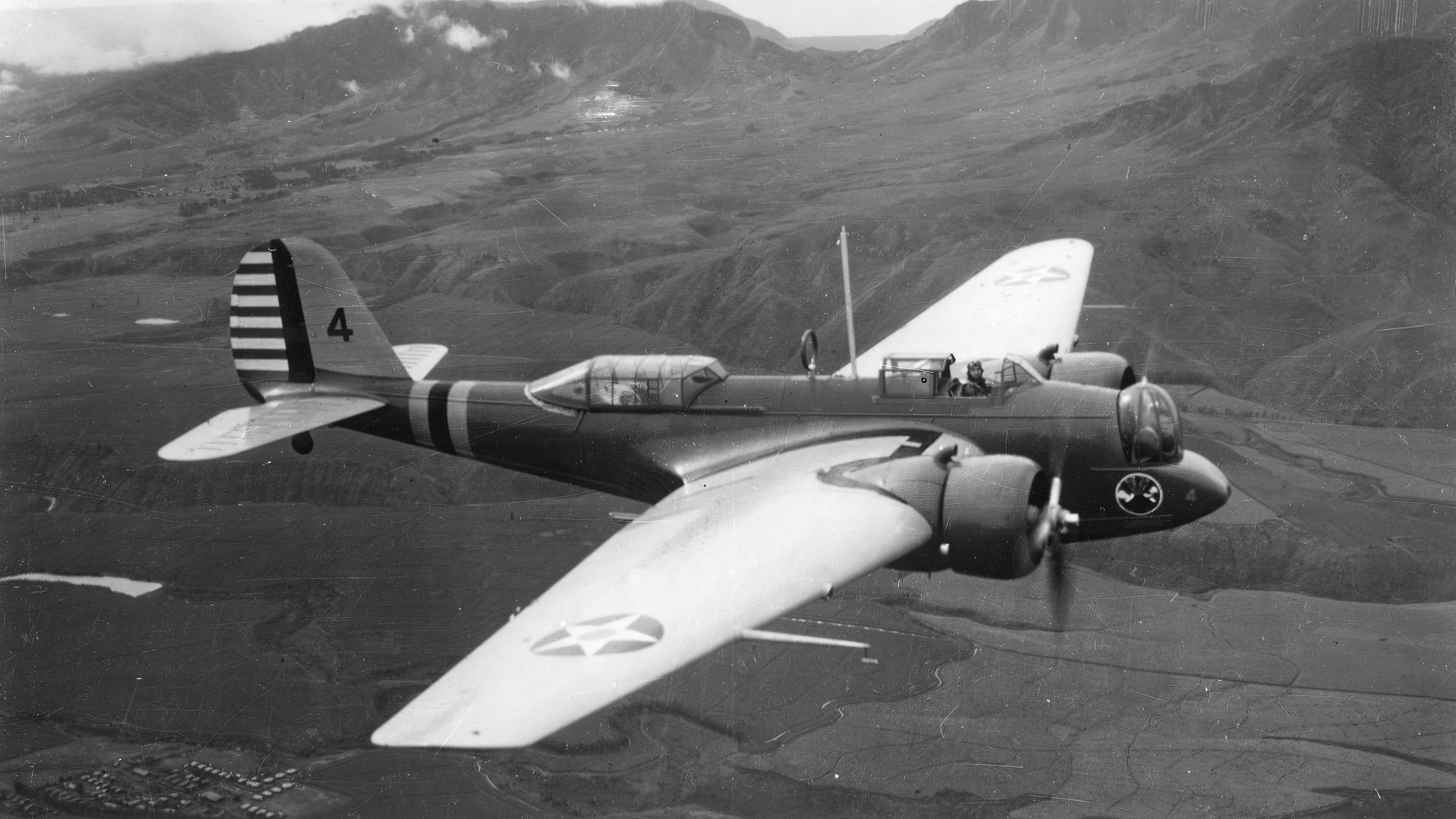
At Wright Field, Ohio, various contenders, including Henry Ford’s Tri-motor and Boeing’s Model 215, competed for military approval. Yet, the Glenn L. Martin Aircraft Company’s YB-10 stood out, captivating the military leadership with its retractable landing gear and powerful Wright SR-1820 Cyclone engines. This combination of speed, range, and firepower was unprecedented.
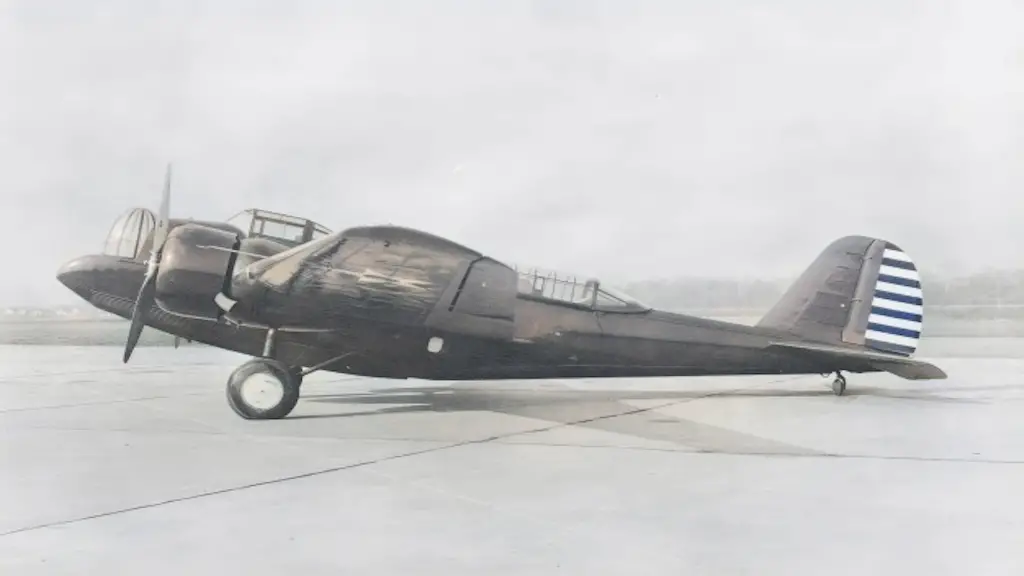
The aircraft, initially known as the Martin Model 123, underwent extensive redesigns to become the B-10. It featured innovative elements such as a deep bomb bay, retractable landing gear, and full NACA cowlings for drag reduction, establishing a new standard in bomber design. Achieving an impressive speed of 197 mph in trials and capable of long-range missions, the B-10 decisively claimed victory.
Revolutionizing Aerial Warfare
The B-10 marked the end of the biplane era and the beginning of modern bomber technology. Its design, featuring enclosed cockpits, rotating gun turrets, and internal bomb bays, revolutionized bomber design worldwide for decades. Winning the 1932 Collier Trophy for these groundbreaking achievements, the B-10 proved that strategic bombing missions could succeed without fighter escorts, thereby transforming military strategy.

The B-10B variant, building directly on the YB-10’s legacy, integrated minor enhancements while preserving the original’s legendary attributes. This model secured its place within the US Army, undertaking roles from coastal patrols to humanitarian missions. Its adaptability shone brightly during a vital supply mission to islands trapped by ice in Chesapeake Bay, demonstrating the aircraft’s capability to fulfill non-traditional military functions.
The visionary design of the B-10 captured attention worldwide. Nations such as China and the Netherlands, recognizing the B-10’s superior capabilities, quickly integrated it into their air forces. The aircraft’s role in critical early conflicts, like the Second Sino-Japanese War and the defense of the Netherlands East Indies, showcased its real-world combat effectiveness. These actions highlighted the B-10’s versatility and reliability as a significant asset in global aerial warfare.
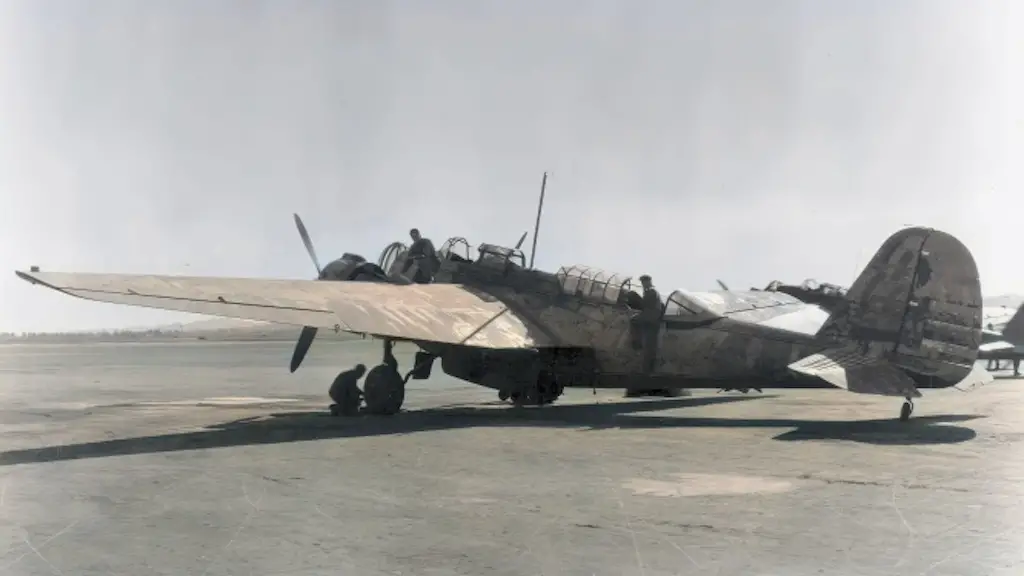
Preserving a Legacy
The B-10’s story transcends its technological milestones to include its lasting legacy. The only remaining B-10, an export version used in Argentina, now takes pride of place in the National Museum of the United States Air Force. This aircraft, which served as a ground training tool in Buenos Aires, embodies a direct link to a crucial period in aviation history. Its transition from a training apparatus to a museum exhibit underscores the value of international collaboration and the collective heritage of aviation.
